The first time I wandered Valldemossa’s cobbled streets, I swear I could almost hear Chopin’s piano drifting on the mountain breeze.
Valldemossa and Deià are two of Mallorca’s most enchanting villages, famous for their dramatic views, creative spirit, and rich history. Every corner seems to reveal ancient stone houses, painted shutters, and bursts of flowers clinging to the Tramuntana slopes.
As I walked the quiet lanes, I felt this strong connection to the painters, musicians, and writers who once found inspiration here. In Valldemossa, the Royal Charterhouse reminds us of Chopin’s short but meaningful stay. Deià has long lured creative souls with its laid-back vibe and those sweeping sea views.

Time slows down in these villages. I got to savor local pastries, peek into tiny galleries, and soak in scenery that still sparks the imagination.
Whether you’re tracing Chopin’s steps or chasing your own creative spark, this part of Mallorca leaves a mark on everyone who visits.
Valldemossa: The Village That Inspired Chopin
Valldemossa sits tucked away in the Tramuntana mountains of Mallorca.
Artists and musicians have flocked here for centuries, drawn in by its peaceful streets, old stone houses, and crisp mountain air.
The village is famous for its historic Charterhouse and colorful traditions, but also for a winter that changed classical music.
Chopin and George Sand’s Historic Winter
In the winter of 1838, composer Frédéric Chopin and writer George Sand arrived in Valldemossa.
They hoped for mild weather and quiet so Chopin could recover from illness, but instead found cold, damp days and a village wary of outsiders.
Chopin spent his days composing on a small piano in the old Charterhouse.
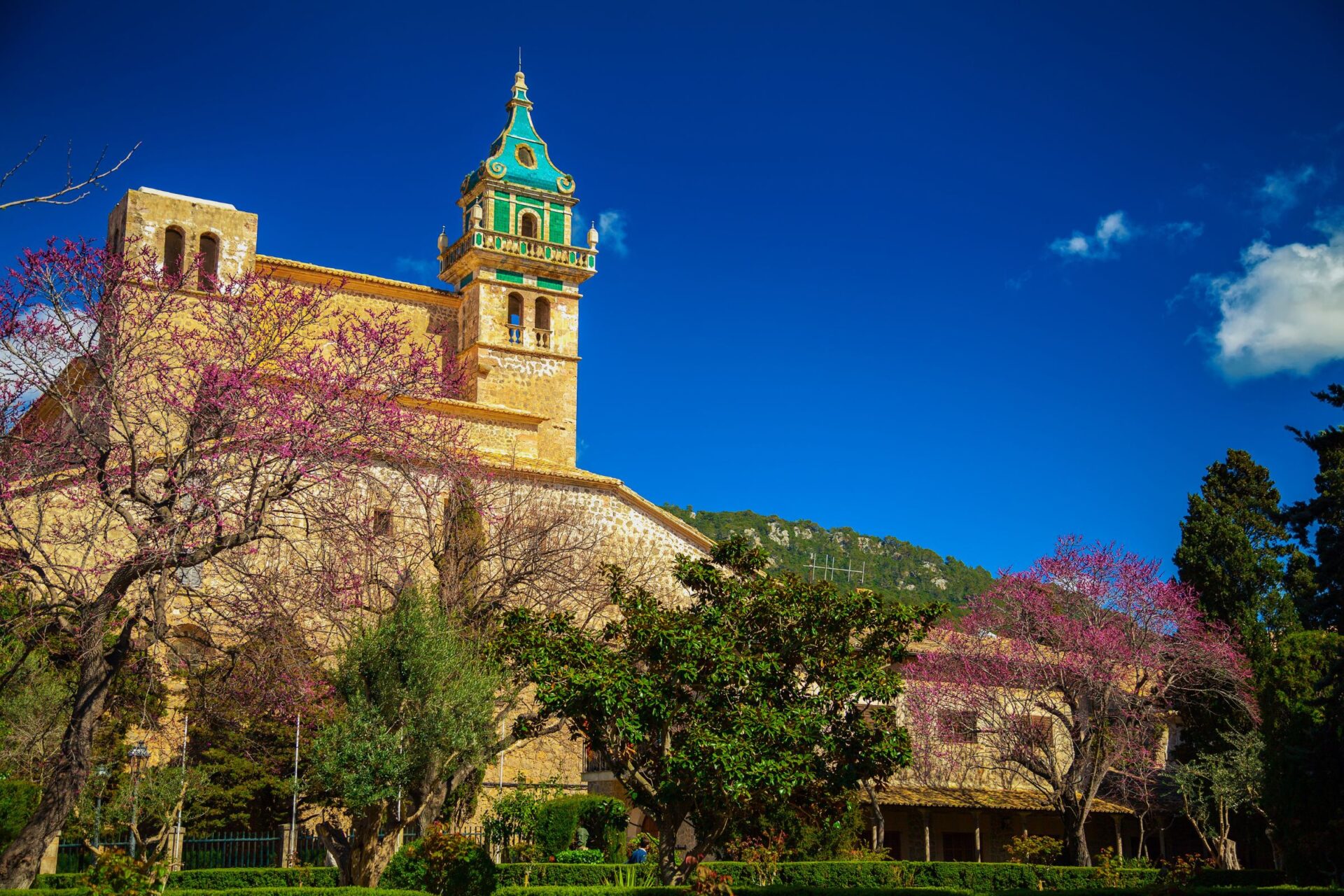
He worked on some of his Preludes here, with rain and church bells echoing through the stone walls.
George Sand wrote about this time in her book A Winter in Majorca, describing both the beauty and the challenges of village life.
Locals watched the couple with curiosity and even suspicion.
Their stay was short, but Chopin called Valldemossa “the most beautiful place in the world.”
When I visited those quiet rooms, I could still sense the connection between Chopin, Sand, and the mountains.
Exploring the Charterhouse of Valldemossa
La Cartuja, the Charterhouse, sits right at the heart of the village.
Carthusian monks once lived here, and later, famous guests like Chopin.
I always find its gardens peaceful, with orange trees and views stretching over the valley.
Inside, you can see Chopin’s piano, his sheet music, and Sand’s writing desk.
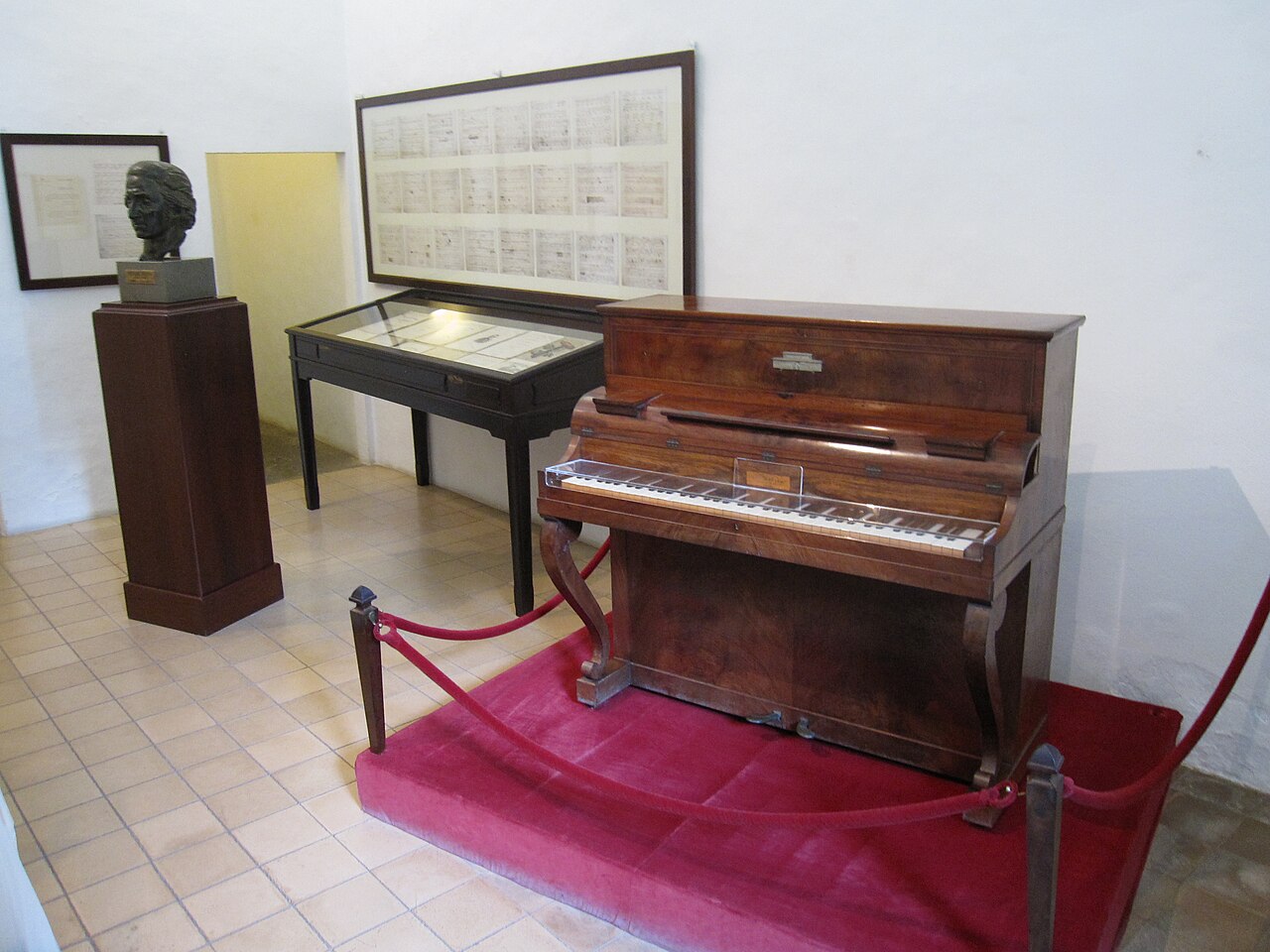
Image Source: Wikimedia Commons
There’s a small museum about their time here, with letters and old photos.
Each summer, a music festival brings Chopin’s music back to these monastery halls.
The cloister, pharmacy, and old monk’s cells are open to visitors.
Every corner seems to hide a story.
I like wandering the cool corridors, imagining the lives that played out here—especially on rainy days, when the village feels frozen in time.
Local Traditions and Mallorcan Village Life
Valldemossa isn’t only about its past; it’s buzzing with traditions.
Each July, the town celebrates the Festes de Santa Catalina Thomas with parades, music, and local foods like coca de patata—a sweet bun I always grab at the bakery.
Village markets fill the main square with fresh produce, olive oil, and handmade crafts.
Life moves slowly here, and people greet each other in the street.
I often see neighbors sharing a café con leche or kids playing in the cobbled lanes.
Staying in Valldemossa, I notice how locals keep their customs alive.
Family-run shops and cafés feel genuinely welcoming.
Whether I’m strolling, tasting pastries, or listening to street musicians, I get why this quiet village inspired so many artists.
Deià: Mallorca’s Artistic Mountain Retreat
Deià sits between the mountains and the sea, radiating a quiet charm that always draws in artists and dreamers.
Cobblestone streets, terraced hillsides, and a slow pace invite you to just wander.
Bright bougainvillea, stone cottages, and those sea views—honestly, this village is hard to forget.
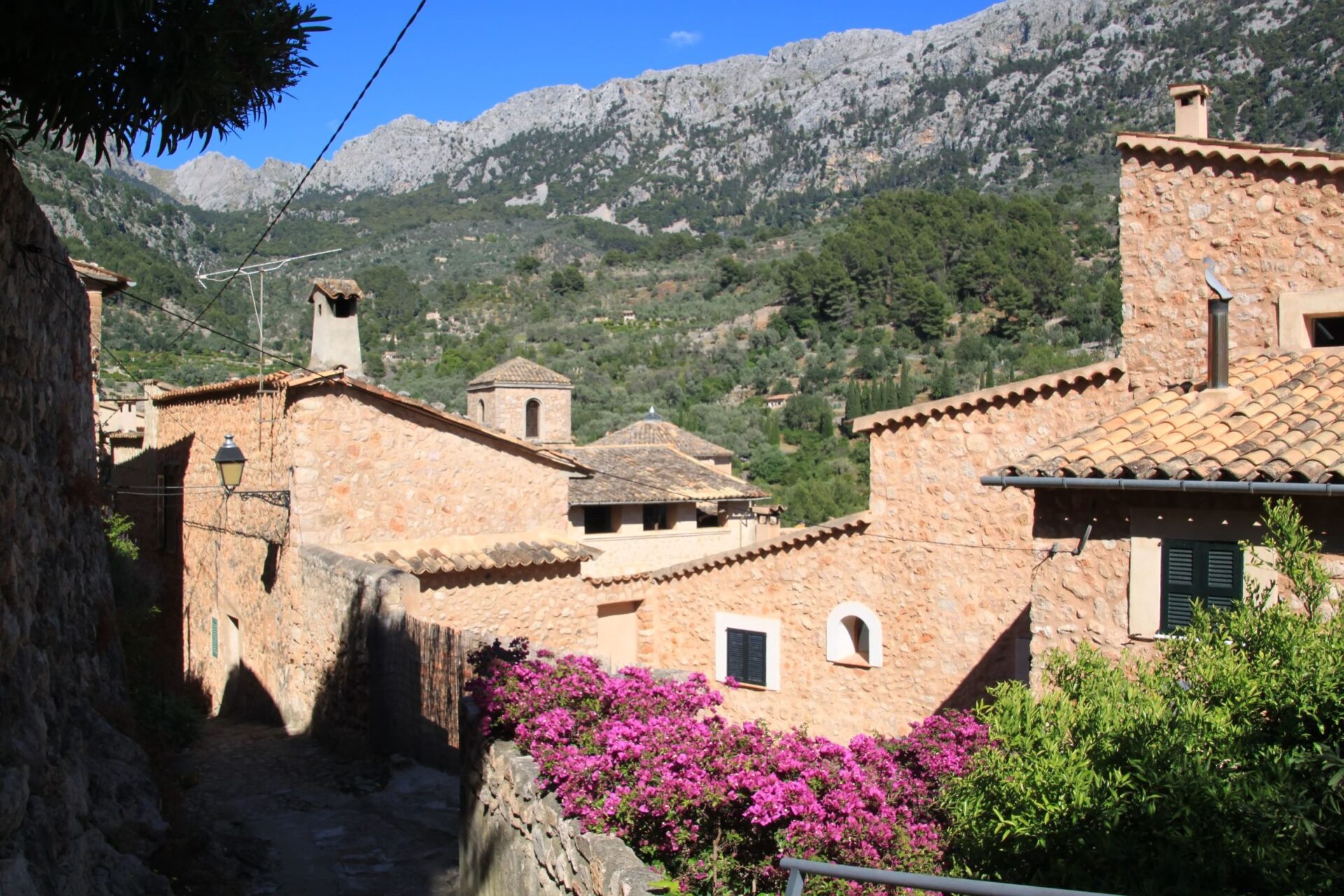
Famous Artists and Poets Drawn to Deià
The creative pull in Deià is real.
For decades, famous artists, writers, and musicians have come here, and I totally get it.
Robert Graves, the British poet and author, lived here for much of his life.
His old home, Ca n’Alluny, is now a museum.
Plenty of other artists, both established and up-and-coming, have found inspiration here.
The gentle light, lush landscapes, and wide skies seem made for writing, painting, or composing.
Even now, I still sense the artistic energy in the air.
If you’re into creative history, visiting the Graves House or stumbling into a poetry reading gives a real taste of Deià’s legacy.
It’s obvious why creative souls keep settling here.
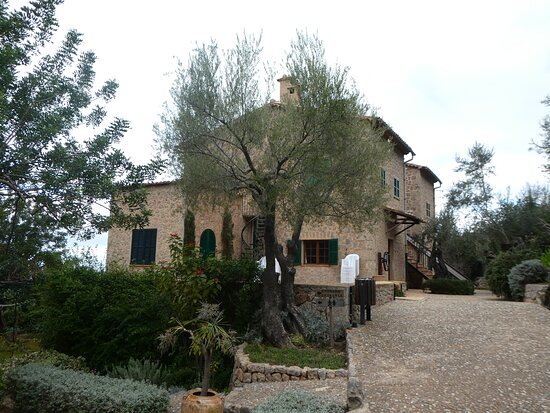
Image Source: Tripadvisor
Hidden Corners: Cafés, Galleries, and Boutiques
Deià’s everyday magic hides in its tucked-away cafés and tiny galleries.
I loved sipping coffee at Café Sa Font Fresca, where locals and travelers gather under old plane trees.
The coffee’s strong, the pastries are homemade, and the vibe is just right.
Small galleries show local paintings and ceramics.
Art lovers can browse handmade jewelry, pottery, and even vintage books in boutique shops along the winding lanes.
Some of the best shops are tucked away behind flower-covered gates or at the end of narrow paths.
If you want to feel like a local, just find a sunny patio and let the slow rhythm of village life wash over you.
My favorite souvenir? A hand-painted tile I found in a shop just off the square.
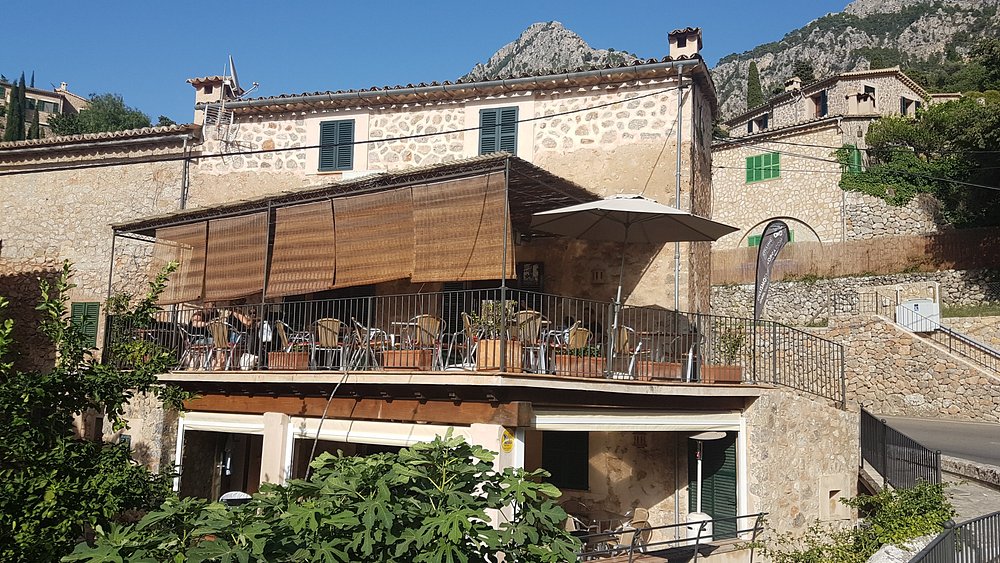
Image Source: Tripadvisor
Breathtaking Coastal Walks
One of my favorite things about Deià is the access to stunning walking routes.
The village sits right above the Mediterranean, and those sea views never get old.
It’s a short walk—maybe 30 minutes—from the village down to Cala Deià, the local cove.
You’ll pass olive groves and stone terraces on the way.
At the cove, I always hear the waves and spot fishing boats bobbing in the water.
Restaurants like Ca’s Patro March serve up fresh seafood with a view that’s honestly hard to beat.
If you’re up for longer hikes, the paths towards Sóller or Valldemossa wind through wooded hills and sometimes pass old watchtowers.
Each route shows off a new side of Deià’s wild beauty.
I always pack sturdy shoes and water since the paths can get rocky and the sun is no joke in summer.
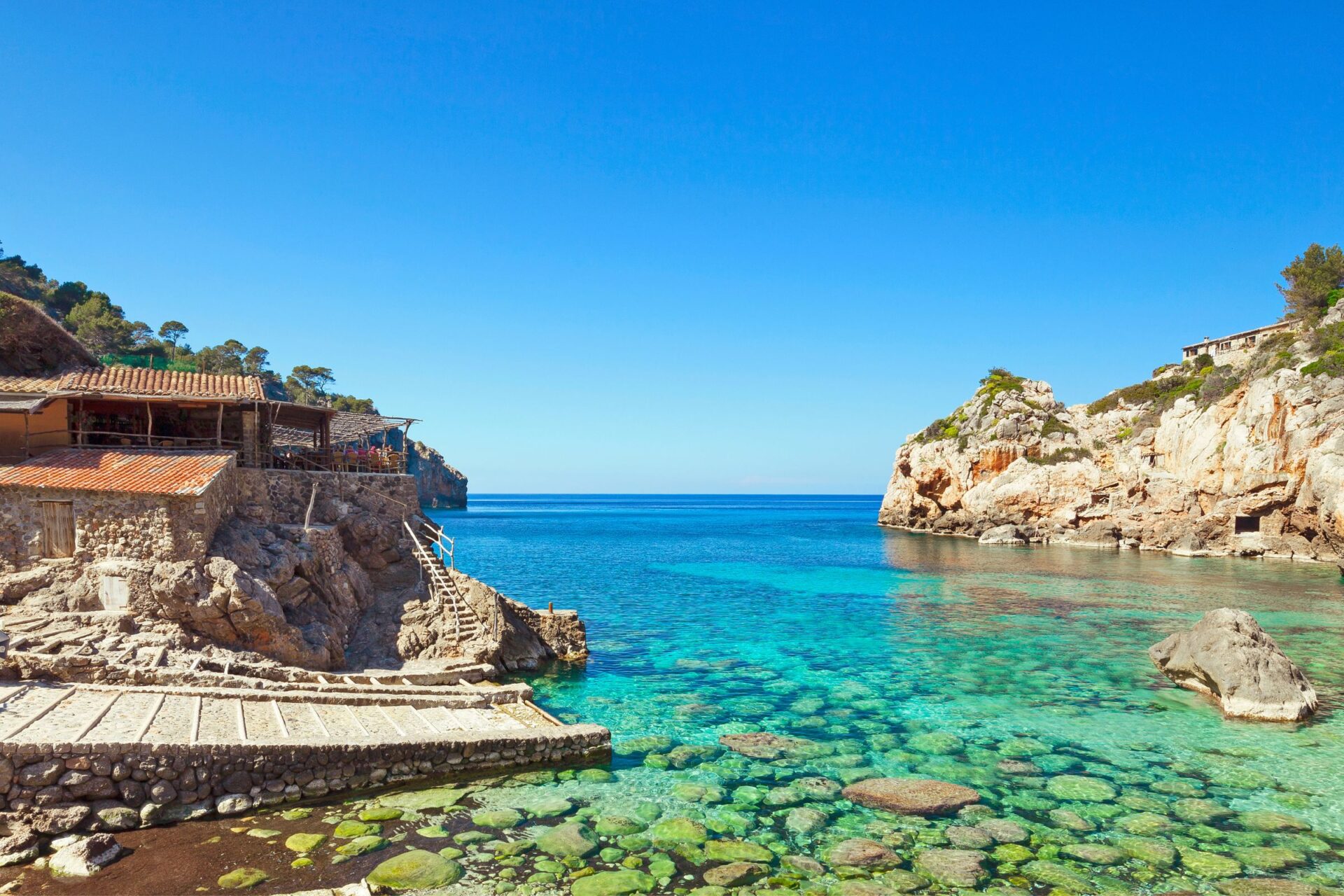
Haunting Beauty: Landscapes and Legends of the Serra de Tramuntana
Rugged peaks and old stories shape every step I take through the Serra de Tramuntana.
This landscape isn’t just a backdrop—it feels alive, pulsing with history and a kind of fragile magic.
Myth, Mystery, and Mountain Atmosphere
The Serra de Tramuntana is more than just mountains and forests.
Whenever I walk its winding paths, I sense old legends swirling in the air.
Locals share stories of ghosts, saints, and hidden treasures.
One well-known tale tells of lovers meeting in secret or spirits haunting lonely chapels at night.
Some even claim they’ve heard Chopin’s music drifting on the mountain wind.
Misty mornings make the hills feel almost otherworldly.
Limestone cliffs drop into deep green valleys.
Hand-built olive terraces climb the slopes, shaped by generations.
Sometimes I just stop and listen: wind in the pines, the distant clang of goats’ bells, or a sudden hush that makes the world feel lost in time.
These moments remind me why so many artists and poets found inspiration here.
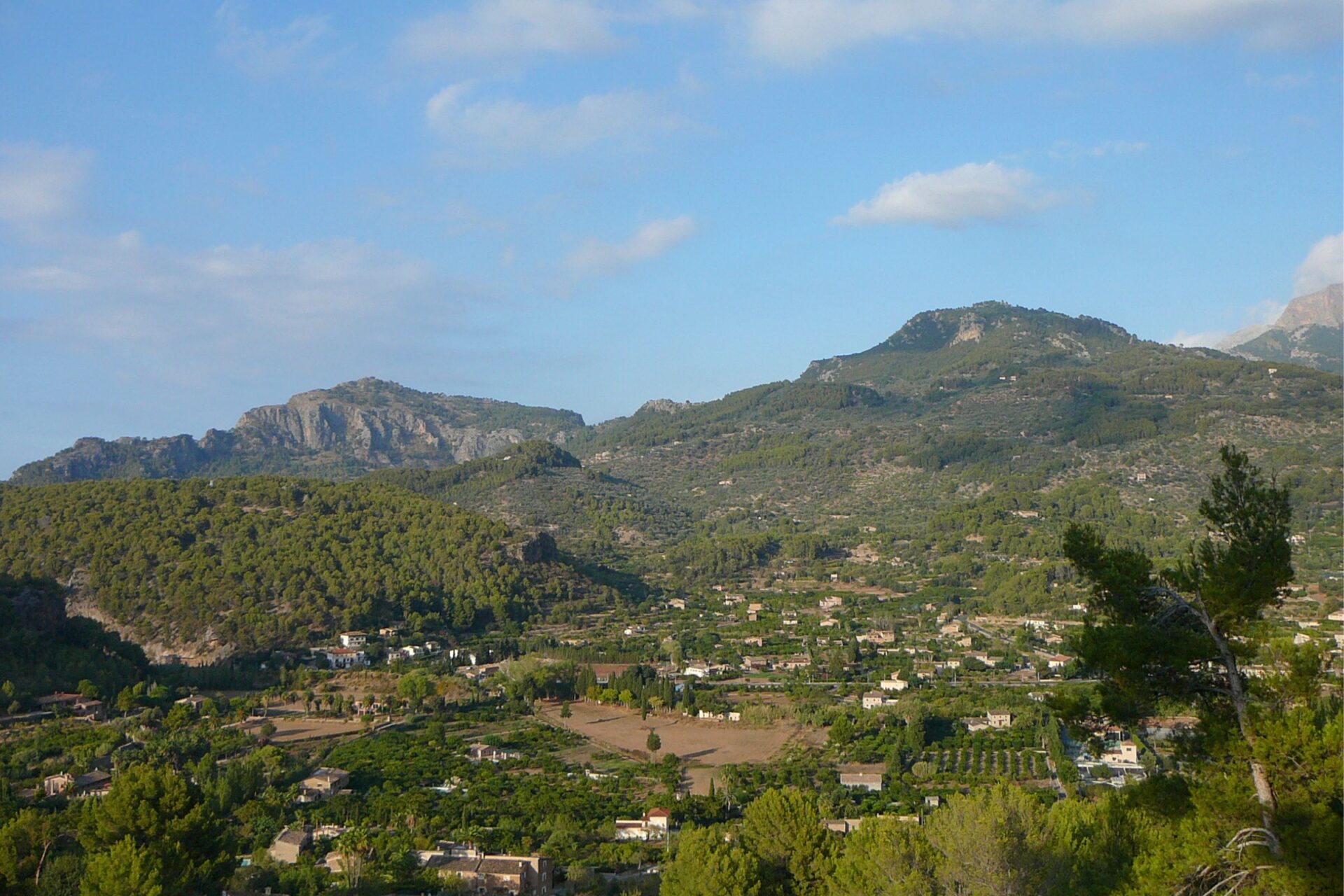
UNESCO Heritage and Sustainable Tourism
UNESCO has recognized the Serra de Tramuntana as a World Heritage Site.
That’s not just for its looks—it’s for the way locals have farmed, built, and protected this land for centuries.
Dry-stone walls, stepped terraces, and old irrigation systems keep the landscape healthy.
Walking village paths, I see these traditions still going strong.
Visitors like me need to respect the environment.
Marked trails and signs help us minimize our impact.
Many small businesses now offer eco-friendly places to stay or guided walks that support both the land and the locals.
If you want to dig deeper, join a walking tour with a local guide or check out the interpretive centers in Valldemossa or Deià.
It’s not just about the views—it’s about honoring what makes this place rare and learning how to keep it safe.
Tracing Creative Footsteps: Art, Music, and Literary Connections
Every corner of Valldemossa and Deià seems to hum with creative energy.
From piano notes echoing out of old monasteries to surprise art encounters that stick with me, these villages spark inspiration at every turn.
Cultural Events and Festivals
Valldemossa’s calendar is packed with culture.
Every summer, the Chopin Festival brings live piano concerts to La Cartuja, the old monastery where Chopin and George Sand stayed.
The music fills those ancient halls and feels almost haunting.
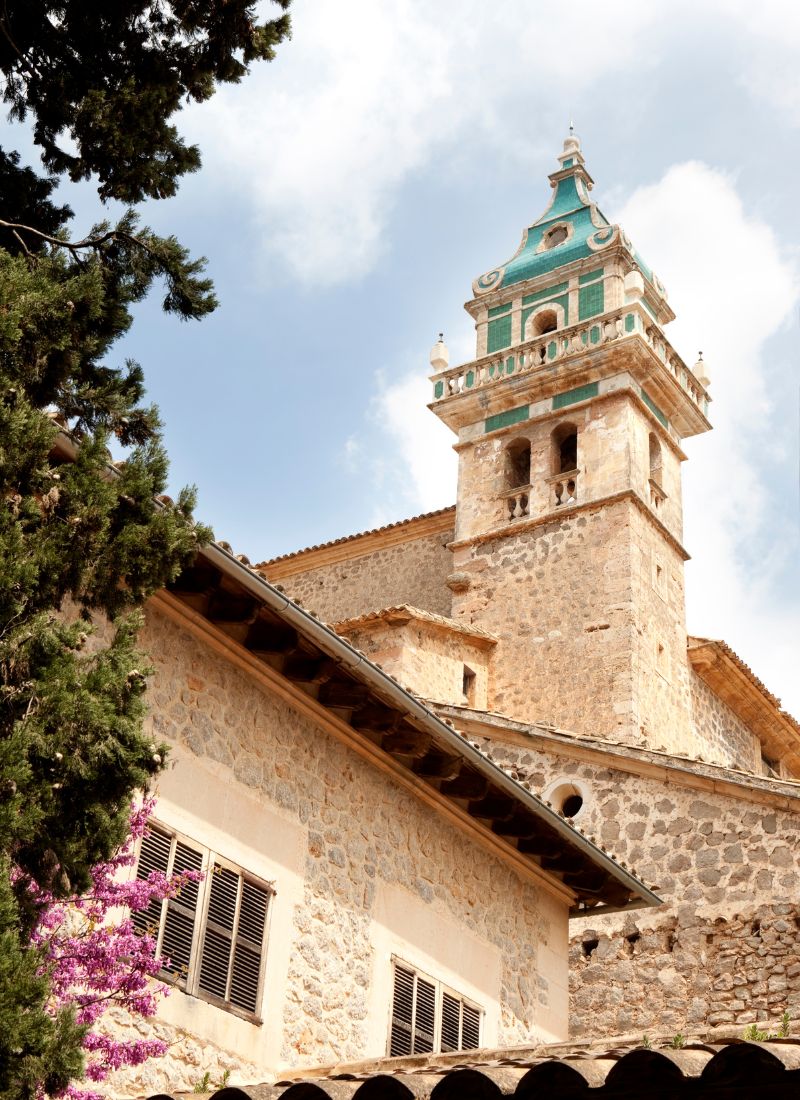
Deià draws poets and painters for events like the Deià International Festival.
There’s chamber music, poetry readings, and even open-air performances.
As I wander the narrow streets, I often stumble on smaller happenings—maybe a parade, a book reading in a cozy corner, or musicians playing under lantern light.
Event Highlights Table
| Festival | Location | Time of Year | Focus |
|---|---|---|---|
| Chopin Festival | Valldemossa | Summer | Classical piano, Chopin’s work |
| Deià Int’l Festival | Deià | Summer | Music, poetry, literary arts |
Museums, Studios, and Local Crafts
The real magic shows up in the places where art gets made, kept, and shared.
In Valldemossa, I always swing by the Museu Municipal de Valldemossa, with exhibits on Chopin, Sand, and the region’s art history.
Inside La Cartuja’s old cells, I’ve seen Chopin’s actual piano and handwritten letters.
Deià’s galleries, like Galeria Sa Tafona, showcase contemporary artists.
A few studios invite you in to watch painters and ceramists at work.
Craft shops brim with handmade pottery, woven baskets, and jewelry inspired by the island.
Local Crafts and Art Spaces to Explore
- Museu Municipal de Valldemossa (Valldemossa)
- La Cartuja (Chopin relics)
- Galeria Sa Tafona (Deià)
- Small ceramics studios and jewelry shops in both villages
Chatting with artists about their process always makes the creative spirit here feel real.
Every visit sparks new ideas, whether I’m just looking or bringing home a piece of handmade art.
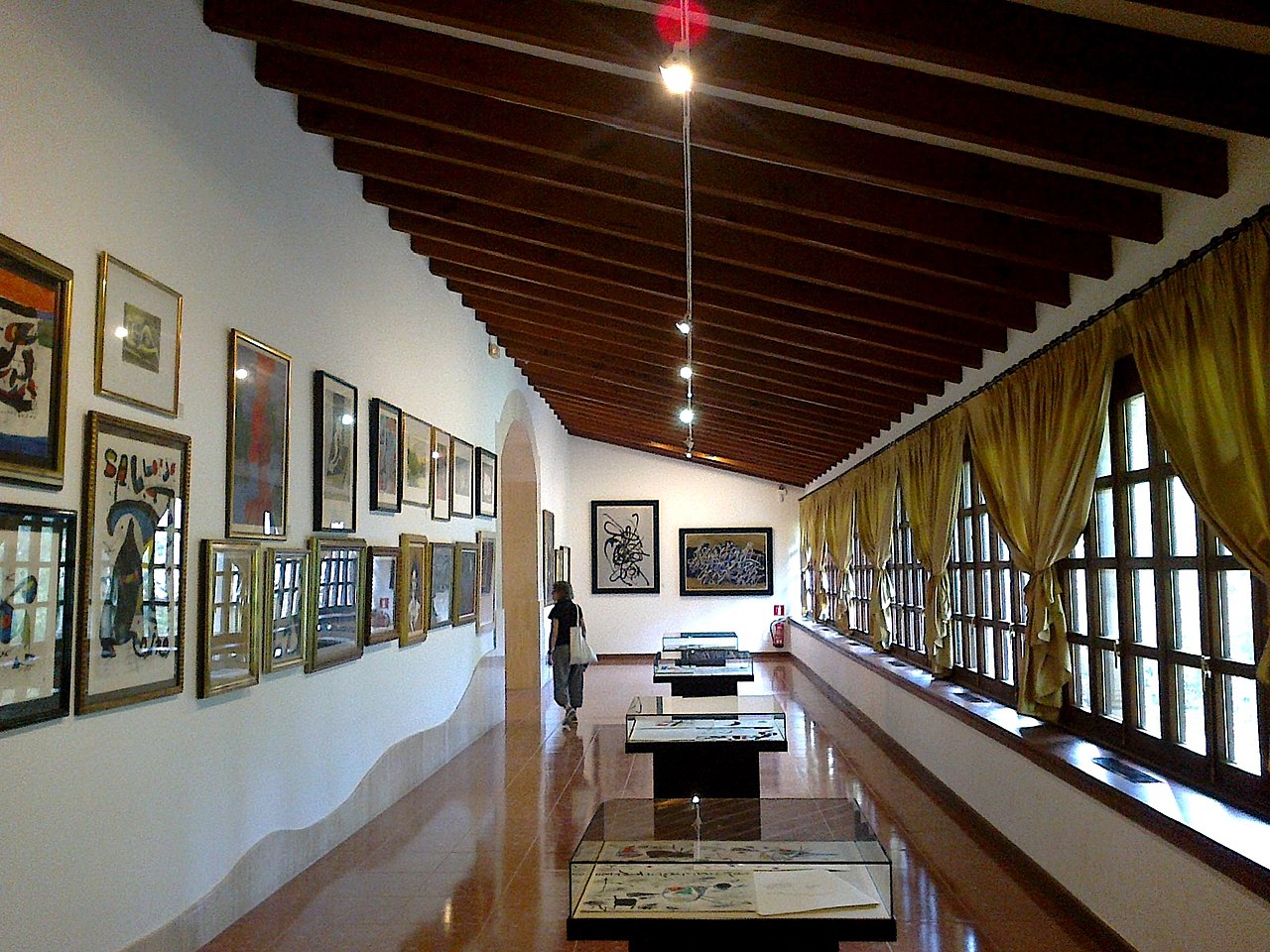
Image Source: Wikimedia Commons
Planning Your Escape: Practical Travel Tips and Insider Advice
Mallorca’s mountains can surprise you—one minute it’s cool and misty, the next you’re basking in sun.
Whether I’m catching a sunrise in Valldemossa or strolling Deià’s cobbles, knowing the best times to visit, how to get around, and where to relax makes all the difference.
When to Visit for the Best Experience
Spring (April–June) is my favorite season here.
Wildflowers bloom, the air feels fresh, and crowds are still small.
Weather can shift fast; mornings start out chilly, but by midday, I’m peeling off layers.
Summer (July–August) brings more tourists and higher prices, but also lively festivals.
If I want quiet streets, I go in fall (September–October) when the olive harvest begins and the mountains turn golden.
Winters are peaceful and some restaurants close, but the villages feel extra authentic.
It’s not hard to see why Chopin and George Sand spent a winter here, finding both beauty and a little bit of comfort in tough times.
Getting Around the Mountain Villages
Honestly, driving works best for getting between Valldemossa and Deià. The MA-10 road isn’t long—maybe a 15-minute drive if you’re not rushing—but wow, it’s narrow and winds through the hills.
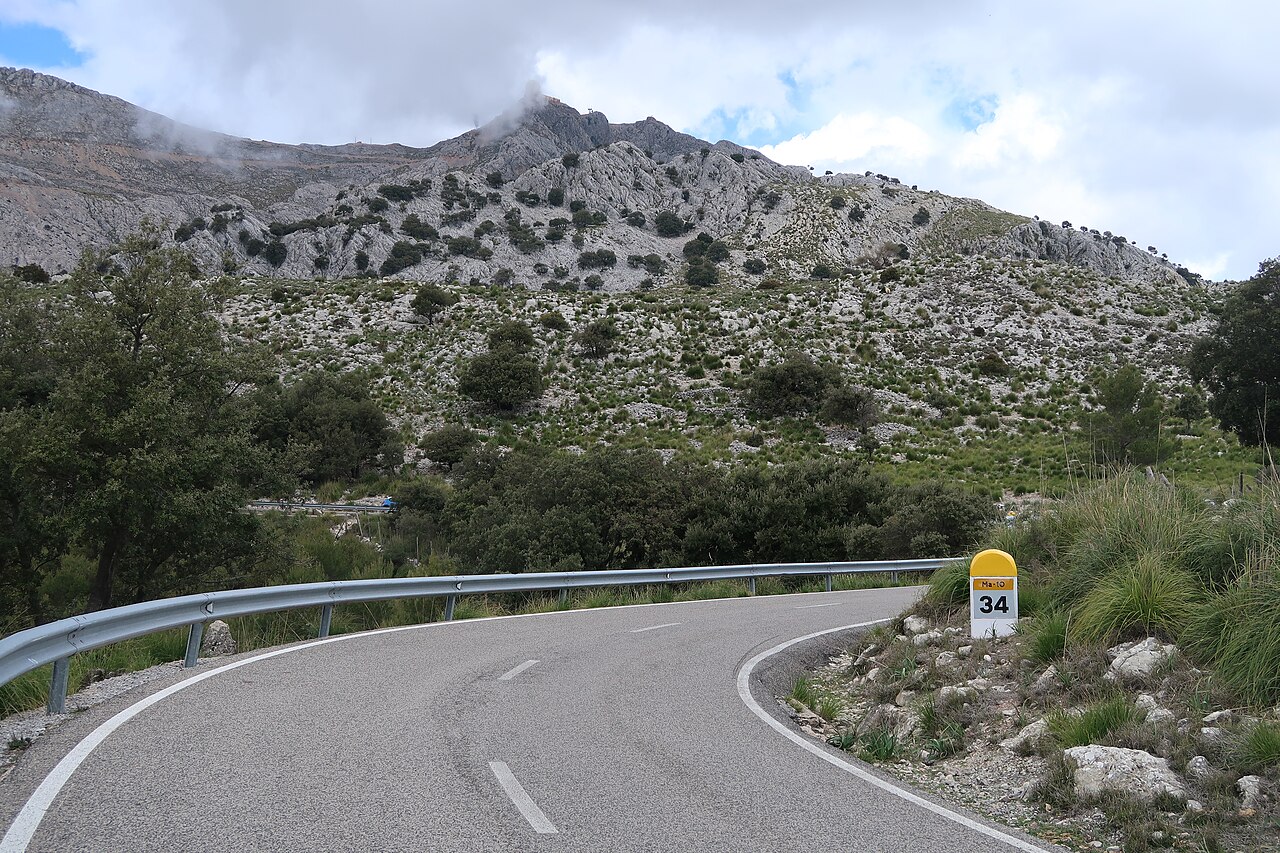
Image Source: Wikimedia Commons
I always slow down and pull over when locals need to pass, especially when the summer crowds show up. Parking in Valldemossa is easy to find, at least early in the day, but those lots fill up fast.
Buses run from Palma to both villages, though on weekends the schedule can feel a bit sparse. Having my own car lets me do things on my own time, but I get why some folks prefer the bus—it’s cheaper and you don’t have to worry about navigating those hairpin turns.
If you like hiking, you can actually walk between the villages. It’s about 10 kilometers, winding through olive groves and stone terraces. I’d say it’s best for people who already have some hiking experience—otherwise, it might be a bit much.
Where to Stay and Eat
Charming boutique hotels and rustic guesthouses line these old stone streets. In Valldemossa, the Valldemossa Hotel gives you gorgeous mountain views.
Some rooms even carry the scent of local lemon trees, which I can’t seem to forget. Over in Deià, you’ll find cozy artist retreats like La Residencia, A Belmond Hotel.
I’d say it’s smart to book ahead, especially if you’re visiting during festivals or busy summer weekends. For food, I love grabbing a table outside at Ca’s Patro March in Deià.
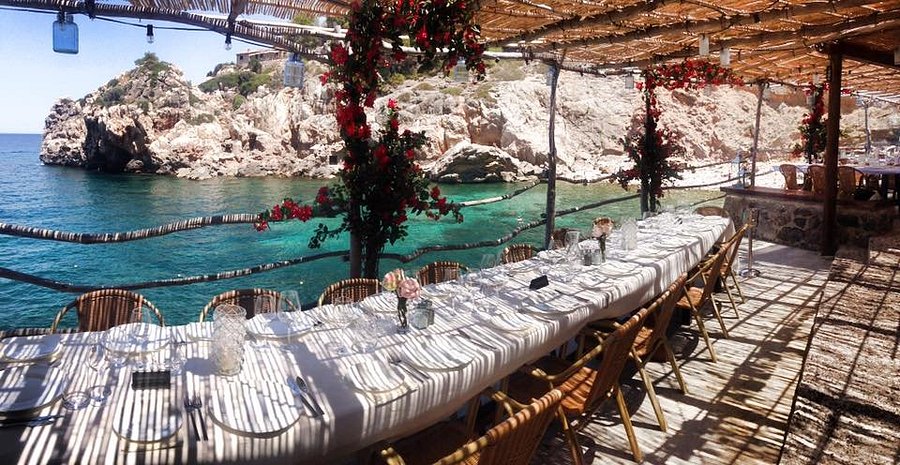
Image Source: Tripadvisor
There’s just something about eating fresh seafood by the sea, isn’t there? In Valldemossa, I always duck into a small bakery for coca de patata—that sweet, fluffy local pastry.
Many restaurants here focus on seasonal, local produce. Every meal ends up bursting with authentic Mallorcan flavor.
I usually ask the hosts what their favorite dish is. Locals just know what’s good, and I’ve never been disappointed.

